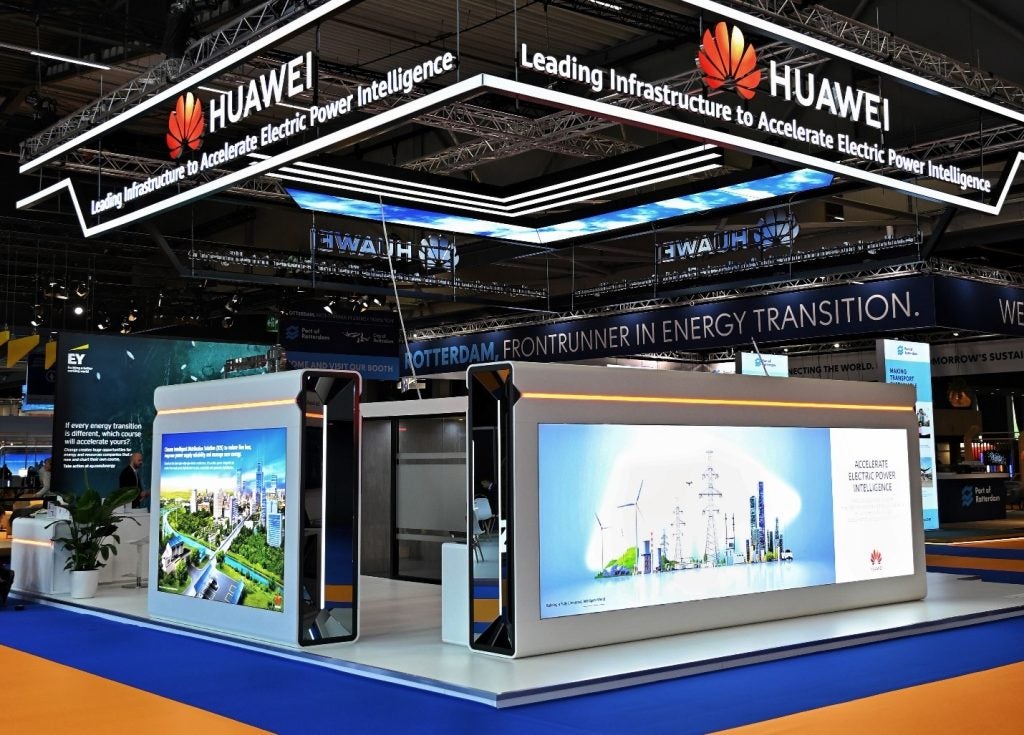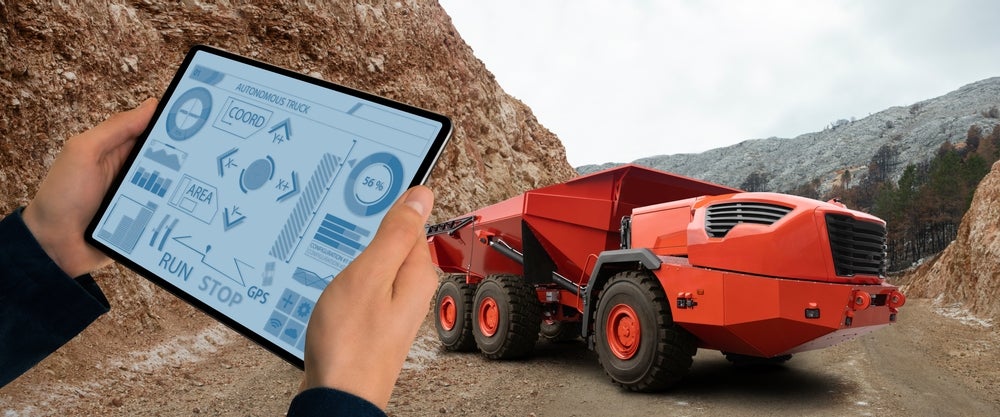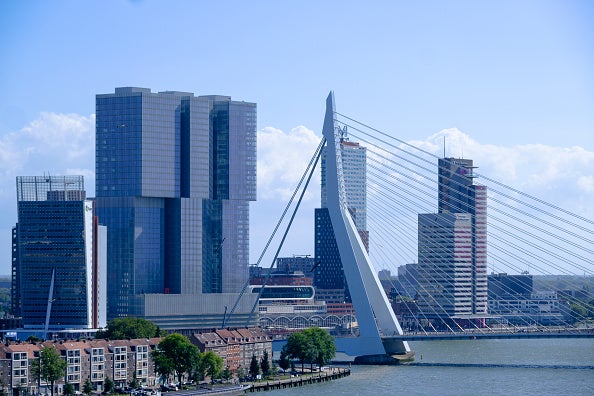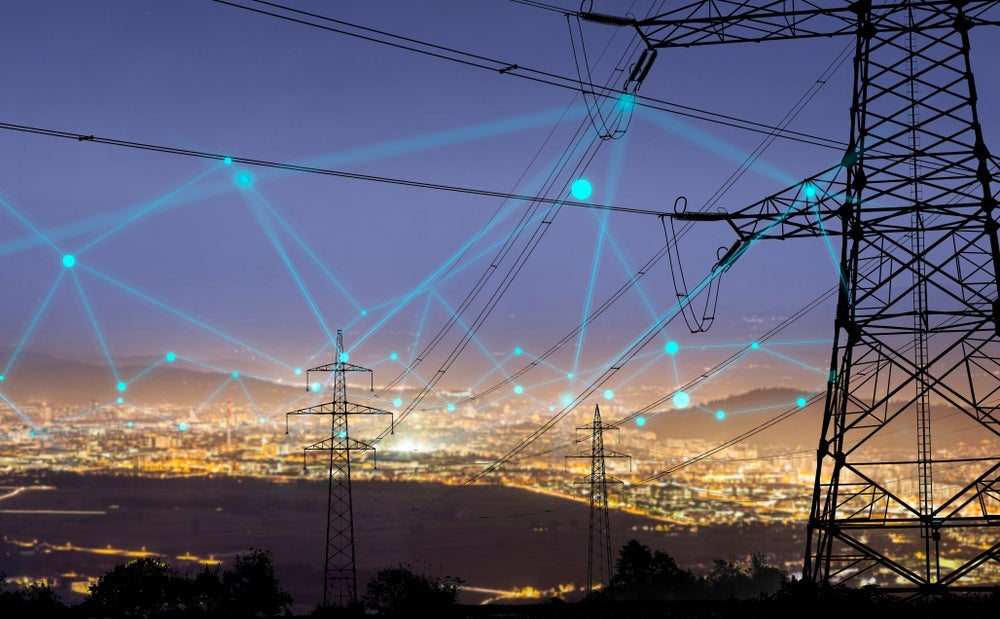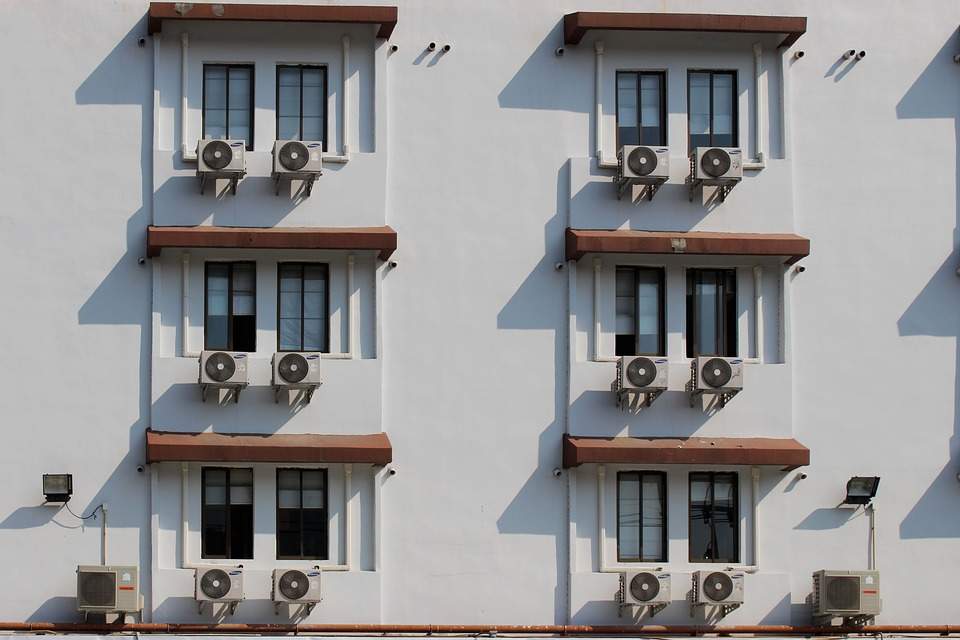
Heatwaves have gripped the world this year, causing wildfires in California, killing over a hundred people in Japan and causing temperatures in Siberia to rise as much as 20°C above average. As climate change kicks in, the world is warming at an increasing pace; 17 of the warmest years since records began have happened since 2000.
The warming world is increasingly putting strains on electricity grids, as people turn up the air conditioning in an effort to keep cool. Air conditioning units are notoriously energy-intensive and, together with refrigeration, already account for 20% of total electricity demand in the UK.
“As the world grows warmer, people are buying air conditioners at an alarming rate,” says Professor Lucas Davis from the Energy Institute at the University of California Berkeley’s Haas School of Business. “Air conditioners use lots of electricity, so these purchases have big implications for electricity demand.”
The amount of energy used worldwide for cooling is predicted to outstrip that used for heating by 2060. To meet this growing demand, governments must seek solutions now and factor cooling into energy models before it is too late.
Demand is beginning to heat up
The evidence that the world is warming is now insurmountable, and the effects are being devastatingly felt. Examples can be taken from around the world, from Birmingham’s wildfires in the UK, to a city in Oman that experienced an entire 24-hour period during which the temperature did not drop below 42.6°C, breaking the record for the minimum temperature felt on Earth. It is perhaps unsurprising that over the next 30 years, it is predicted that 19 new cooling devices will be installed every second.
This has already led to dramatic energy demand peaks in a number of countries. In China, the national grid was disrupted by energy shortages following the fastest power consumption growth in seven years after heatwaves this summer. This led to 26.4 million tonnes of LNG being imported in June to avoid outages. This was an increase of 22% from the previous year, forcing China to arrange imports from Cameroon, Egypt and Europe.
How well do you really know your competitors?
Access the most comprehensive Company Profiles on the market, powered by GlobalData. Save hours of research. Gain competitive edge.

Thank you!
Your download email will arrive shortly
Not ready to buy yet? Download a free sample
We are confident about the unique quality of our Company Profiles. However, we want you to make the most beneficial decision for your business, so we offer a free sample that you can download by submitting the below form
By GlobalDataIn South Korea, the Hanbit 3 and Hanul 2 nuclear reactor units were brought back online in an effort to meet the increased demand created by a heatwave that has seen temperatures rise to 39°C in Seoul.
“The world has about 3.5 billion cooling appliances,” explains University of Birmingham professor of the ‘cold economy’ Toby Peters. “That number is projected to grow to about 9.5 billion cooling appliances by 2050. If we actually want to deliver cooling for all, with no one left behind, if we want to address all the challenges and the problems of heatwaves and people dying from heat, if we want to address the issue of cold chains, if we want to address the issue of vaccines, that number could actually grow to about 14 billion units.”
In a recent report, entitled A Cool World: defining the energy conundrum of cooling for all, Peters and his team explore the increase in cooling demand. The report shows that an increase will undoubtedly strain energy networks, many of which are already stretched due to the inclusion of intermittent renewables.
“To put that in energy terms, at the moment we consume about 3,600TWh of energy for cooling load, and that number could grow to about 9,500TWh. [In the] best-case scenario, with the energy efficiency technologies which we are aware of today, we might get that number down to about 7,500TWh,” says Peters. “If we do cooling for all, the number could be closer to 19,000TWh. Even with best-case technology, somewhere around 15,000TWh mark.”
Changing demographics
Climate change is the root cause behind the demand for cooling, but this is exacerbated by changing demographics. In particular, many countries in Asia are seeing a burgeoning middle class, expected to hit three billion by 2030, which can not only afford cooling, but views it as a necessity.
Cooling as a phenomenon hit China relatively late, but the uptake has been dramatic. For example, in 1995 only 7% of the population owned a domestic refrigerator; by 2007 this was up to 95%. “In China, sales of air conditioners have doubled in the last ten years,” says Davis. “In part, this reflects rising incomes but it also reflects a direct response to warmer average temperatures.”
While demand increases among the middle classes, there are still those around the world who suffer from a lack of cooling services. The cold chain is an essential part of the food industry, ensuring that fresh produce can be transported over long distances without perishing. As the global population increases to nine billion by 2050 and demand for food rises with it, this cold chain will become even more important.
“We’ve got some major challenges around addressing malnutrition and rural poverty,” says Peters. “There are 850 million still suffering from malnutrition and it’s a growing problem. You’ve got 750 million people out of the billion in extreme poverty who live in rural communities, and 30%-50% of food is lost post-harvest primarily because of no cold chain.”
Beyond food, there are other industries that rely on cooling, such as the medical industry. Currently over 90% of vaccines need to be kept cold, and as the world becomes warmer, this will become increasingly important. “You’ve also got two million people who die a year from lack of vaccines, primarily because of no cold chain,” says Peters.
The United Nations predicts that there will be an additional 38,000 deaths a year worldwide between 2030 and 2050 due to heat stress related to climate change. This will further drive the need for cooling.
Too little, too late?
While cooling is hardly a new problem, it has been given little consideration by global organisations and governments. In particular, countries that have typically experienced peak demand in winter have largely ignored the growing demand in favour of focusing on greening heat.
“I think in the UK we spend less than 0.2% of our engineering research budget on cooling; in Europe it’s about the same amount, 0.22%,” says Peters. “Yet even in Europe the demand for cooling is going to increase 70% over the next 12 years. But we just see it as a service of electricity really, rather than a service in its own right.”
It is unsurprising that technological developments for cooling have seen little advancement. The basic technology used in the majority of air conditioning is old, and still relies heavily on electricity that is often from highly polluting sources. Cooling is responsible for 7% of the world’s greenhouse gases, more than double aviation and shipping combined (3%).
This issue becomes increasingly concerning when trying to balance increased cooling with reducing emissions to slow global warming. Countries turning to natural gas and coal to meet peak demand caused by cooling requirements simply increase emissions and speed up climate change, creating a greater need for cooling and a devastating cycle.
“Theoretically we could consume all of our IEA [International Energy Agency] projections of renewable capacity for cooling alone by 2050 in a worst-case scenario,” says Peters. “That might drop down to 50% or 60%, but that’s still not sustainable.”
More must therefore be done to develop technologies capable of providing clean, green cooling in a warming world. “Without radical innovation we will not meet our cooling demand simply by energy efficiency and greening electricity,” says Peters.
He encourages a holistic view that moves away from simply electrifying to reduce emissions, to fully rethinking cooling systems. “But equally electrification is just not economically sensible when there are lots of opportunities to harness low-grade waste heat, harness free cooling from water, geothermal, all these processes. Simply thinking electrically is not smart when it comes to cooling.”
Indeed, there are avenues being pursued around the world that hold potential for cleaner cooling, such as using waste. For example, LNG must be refrigerated to -162°C during transportation, but this cold is then generally discarded. A recent report suggested that this waste cold could actually generate $50 per tonne in economic and social benefits. But if the world is to meet its cooling demands without falling back on fossil fuels, more will need to be done – and fast.



